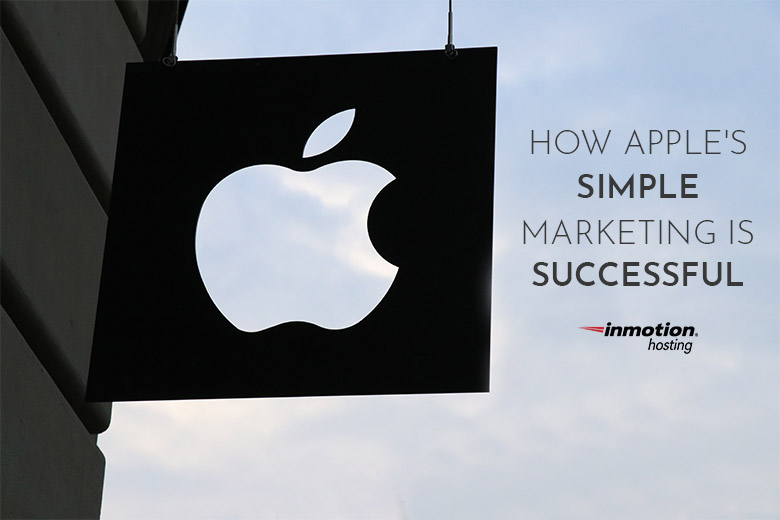
It’s hard to believe, but Apple was once the underdog. Back in the day, they lived in the shadow of Microsoft, struggling to make a name for themselves.
Luckily, Steve Jobs was a master of marketing. With his skill, the company was able to move up from the bottom of the pile to become the hundred-billion-dollar giant they are today. Now, marketing managers from industries across the board study Apple to figure out what makes them so successful.
Here are 7 key lessons you can take from the tech giant to apply to your own business today:
Keep it simple
Many people feel like the more complicated their ads are, the more they’ll impress their audience. But people don’t want complicated. They want a message that’s easy to understand and engaging – that’s it.
Apple has understood this for a long time. Their ads typically avoid product feature lists, special effects, interactive design, and even price. There isn’t even any information on where or how to purchase their products (but, honestly, everyone already knows that anyway).
Focus on value
Part of why Apple doesn’t mention pricing in their ads? They want the customer to focus on value rather than cost. The lesson to be learned: don’t get stuck trying to out-price competitors. Your prices should reflect your product’s value because customers are willing to pay for quality.
Keep your audience on their toes
Apple is famous for keeping their next move under wraps. They understand that mystery goes a long way towards creating buzz – people wait with bated breath to find out what features the next iPhone is going to have and what it’s going to look like. In fact, they get so pumped up that they’d probably buy the latest incarnation sight-unseen without even thinking about it.
Stick to your values
Customers don’t want to do business with a faceless corporation. They want to feel a connection and that the seller can relate to them. And, more than anything else, they want your brand to stand for something.
Several years ago, Apple stated: “We simplify, we perfect, we start over until everything we touch enhances each life it touches.” They stand for innovation and progress, and that mission is clear in everything from their packaging to their marketing collateral.
Like them, you need to repeat your values through everything your brand touches.
Create an experience
People love owning “stuff,” sure. But even more than that, they crave experience. They want to try new things and enjoy all that life has to offer.
Apple understands that and creates an experience around every one of their products. Rather than focusing on traditional advertising, they create movie-like television ads, share real-life photos from iPhone users, and host keynotes. When they drop a new product, it’s not just a launch – it’s an event.
Use unique visuals
Apple ads are known for their gorgeous photography – and your brand should be, too. Today’s world is image-driven. People would much rather look at a photo or an infographic than read pages, so your visuals need to look professional and be stunning.
And with the vast array of free quality stock photos out there, it shouldn’t be too difficult. Check out sites like www.pexels.com or www.upsplash.com for inspiration.
Leverage social proof
Apple is all about customer reviews – and even more impressive, a ton of their ads feature actual customer photos shot on iPhones. When it comes to social proof, you really can’t get any better than that.
Why? When people see other people doing something, they want to do it, too.
Leverage that power in your own business by asking a (happy) customer for a testimonial or review to share on your website or social media. Many times, they’ll be glad to help you out. To create an air of credibility, include their real name or the name of their company (with their permission, of course!)
Final Thoughts
Apple has never done the “trendy” thing. They’ve dared to be different, and it’s paid off in leaps and bounds. If you want to follow their lead, strip away everything you’ve ever learned about marketing and try something new.
Have Apple’s revolutionary campaigns inspired you to change your own advertising? Which one of the tactics are you just dying to try?